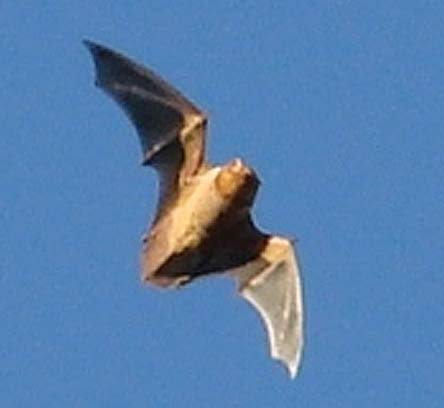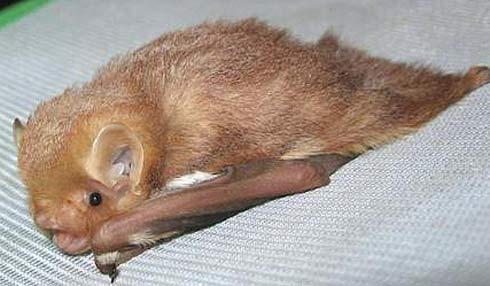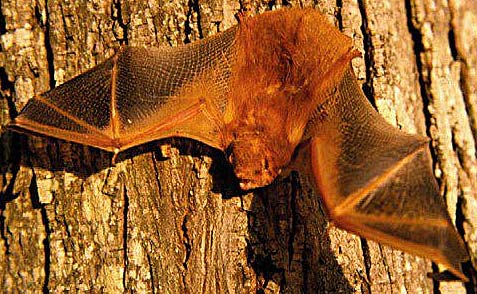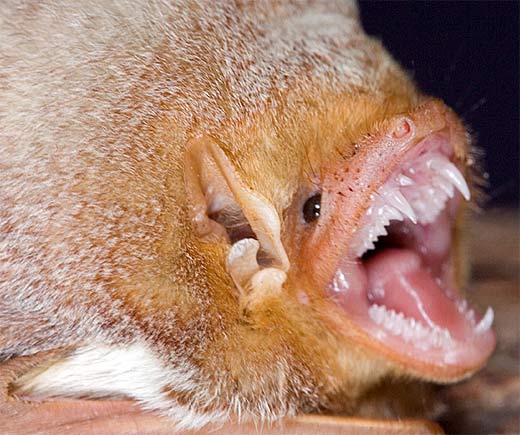Red Bat – Fiery Night-Flyers of Eastern North America

Frequently seen across eastern North America, the appropriately named eastern red bat is also known as the Lasiurus Borealis, or just “the red bat”. A medium sized creature that often weighs no more than 14 grams (.03 ounces) and rarely grows longer than 112.3 mm (about 4.5 inches), this species of vespertilionidae lives primarily by hunting insects like moths, beetles, and flies. They navigate and hunt using echolocation, with calls ranging from 30 to 50 khz. They often forage out in the open air or over small water bodies because their body size, wingspan and hunting habits make this the most successful approach.


Named after the color the males of the species (red obviously), the eastern red bat is known to forage on warm nights in the summer, but can also occasionally be found on warm days. In the winter, these bats have been known to sometimes migrate south to avoid the cold, or to spend most of their time under the cover of leaves in an attempt to stay warm. They almost always mate in the late summer or autumn, although the males reproductive fluids are stored in the females reproductive tract until she ovulates in the spring. The baby bats are born in groups of three or four and roost until they wean from their mother. They often roost in dead leaves on the branches of living hardwood trees, but have also been known to live in pine trees. Due to its high population numbers, the eastern red bat is at no risk for extinction, and it should see it’s numbers stay steady and/or grow in the foreseeable future.


